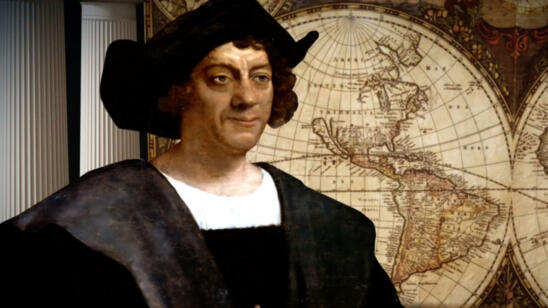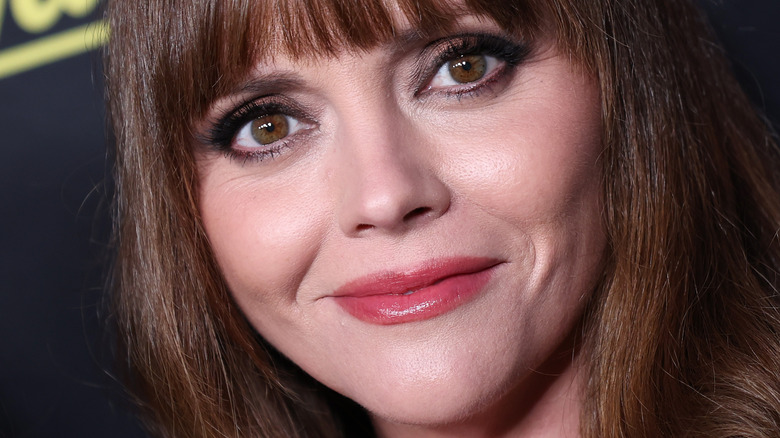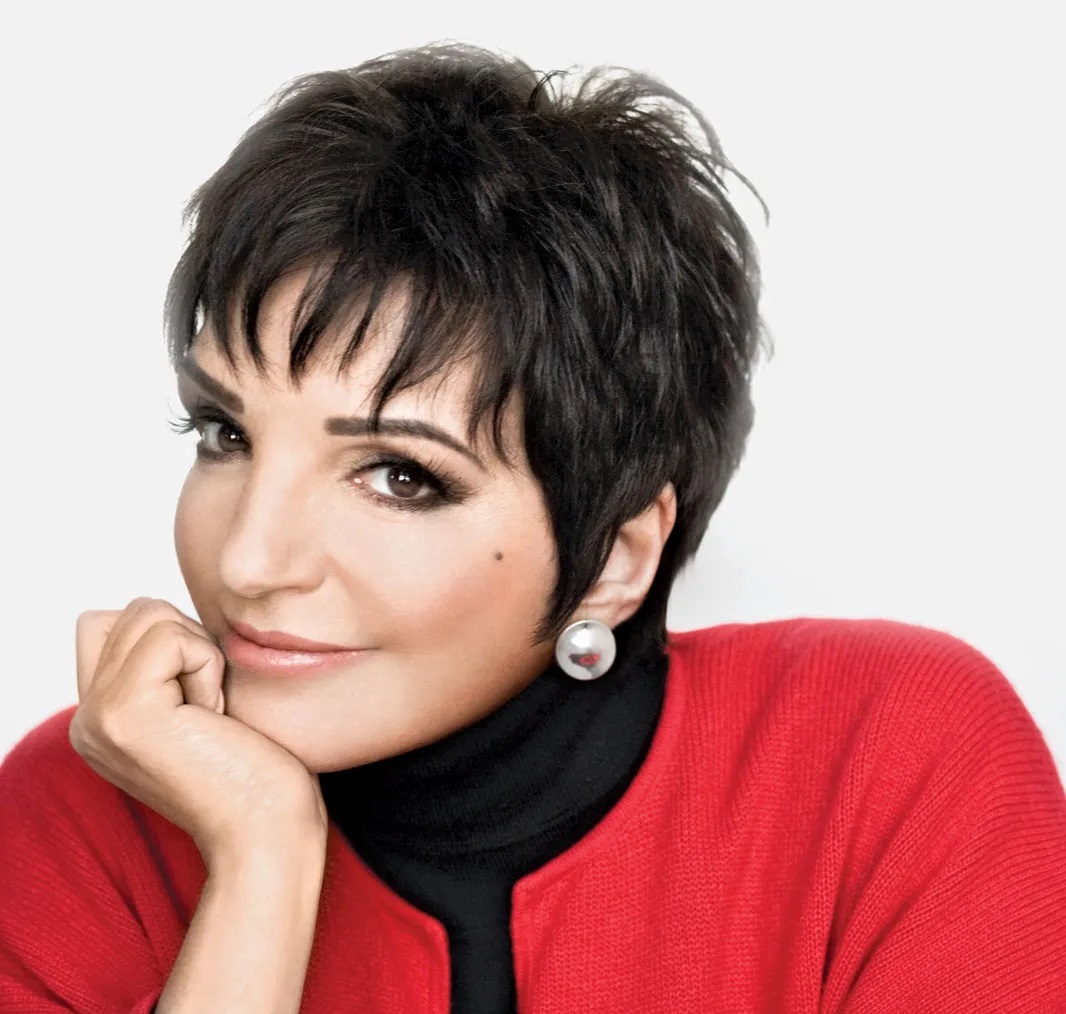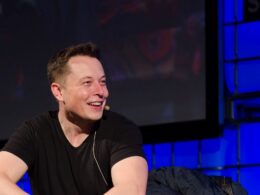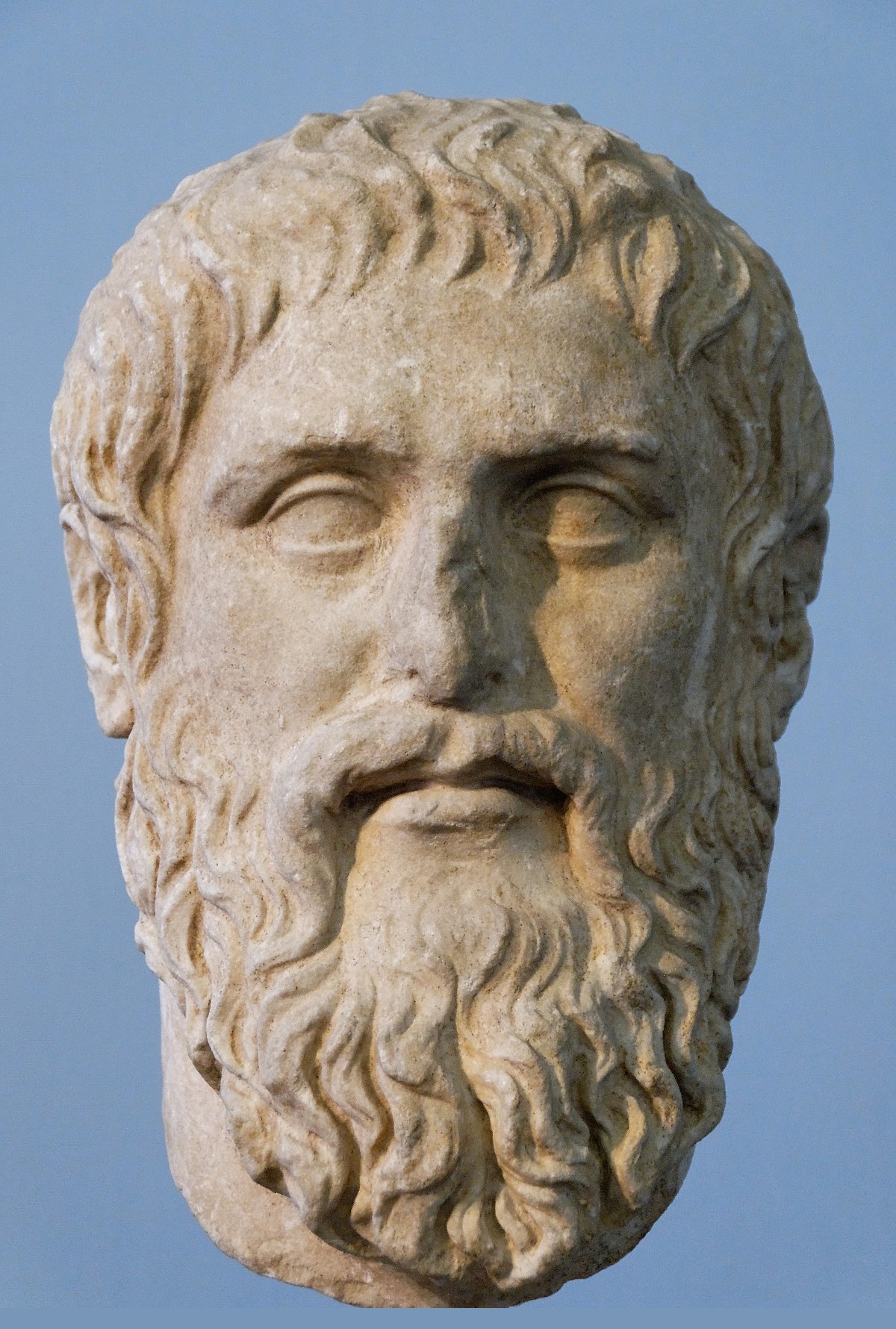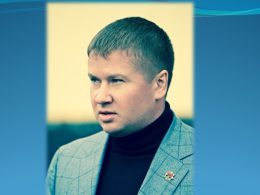Christopher Columbus: Navigator, cartographer and admiral
– This woman had a little piece of gold in her nose, which was a sign that there was gold on that island –
- His expedition reached America in 1492 and he was awarded the title of “Discoverer of America”. The world changed forever.
- Known for : The discovery of America
- Positions : Viceroy and Governor General of the West Indies
- Parents : Domingo Colon and Susana Fontanarossa
- Spouse : Felipa Moniz
- Partner : Beatriz Enriquez de Arana
- Children : Diego Colón and Hernando Colón
- Nombre : Cristoforo Colombo – Christopher Columbus
Summary
Navigator and explorer whose transatlantic voyages paved the way for the exploration, exploitation, and colonization of the Americas. He completed four voyages across the Atlantic Ocean sponsored by the Catholic Monarchs of Spain.
Questions and answers
- Who was Christopher Columbus and what did he do?
-He was a navigator, cartographer, admiral, viceroy and governor general of the West Indies, who went down in human history as the discoverer of America on October 12, 1492, causing the first encounter between European and American civilizations. - When and where was Christopher Columbus born?
His origins are highly disputed. Today, experts and historians favor the Italian city of Genoa as the place where he could have been born on October 31, 1451. - How many voyages did Columbus make to America?
-He made a total of four trips to the Indies (initial denomination of the American continent). - How long was your first trip?
-After traveling for two months, visiting Cuba and Hispaniola, he returned to Spain seven months after his departure.
“I think it must be Çipango (Japan), according to the signs these people give”
Christopher Columbus
When and where was Christopher Columbus born?
Christopher Columbus was born around the year 1451 in the territory of the Republic of Genoa (today part of Italy), although the exact location remains in dispute. Some historians place the origin of him in Aragon, Spain; others say that he was born in Portugal.
Family
Son of Domenico Colombo, a wool weaver, and Susanna Fontanarossa. He had four brothers Bartholomew, Giacomo, Giovanni Pellegrino and Bianchinetta. Bartolomé worked as a cartographer in a workshop in Lisbon and, like Cristóbal, always had a vocation for the sea. Cristóbal also dedicated himself to the sale of maps and charts when he was very young.
Navigator
He was a sailor from the age of fifteen and in command of a ship from the age of twenty or twenty-two. In one of his writings, Columbus claims to have gone to sea at the age of ten. In 1470, the family moved to Savona, where his father ran a tavern.
Between 1470 and 1476 he traveled all the important commercial routes of the Mediterranean , from Chios, in the Aegean, to the Iberian Peninsula, in the service of the most important Genoese firms.
He participated in the confrontation between René of Anjou and the King of Aragon, Juan II , for the succession to the Crown of Naples . In 1474, at the age of twenty-three, he was hired as a sailor on a ship bound for the island of Khíos in the Aegean Sea. After spending a year on the island, he returned to Italy financially independent.
It seems that he reached the coast of southern Portugal (Lagos), near Sagres , after a naval battle that took place near Cape Saint Vincent , on August 13, 1476. When his ship caught fire, he saved his life by holding on to an oar and swimming to shore. He lived in Portugal for almost ten years. From the Portuguese he learned to know the ocean and to frequent the commercial routes that went from Iceland to Madeira . In the year 1477 he traveled to England and Iceland, and in 1478 from Lisbon to the Madeira archipelago with shipments of sugar.
Marriage, Partner and Children
He probably married in 1479 Felipa Perestrello e Monis , the daughter of a wealthy Portuguese family. From this marriage, he was born around 1482 on the island of Porto Santo , in the Madeira archipelago, his successor Diego Columbus . His wife died of tuberculosis only six years after their marriage. In 1487 he took as a lover in Spain Beatriz Enríquez de Arana, twenty years old and with whom he had his son Hernando Colón , on August 15, 1488.
How did you discover America?
Towards 1483 or 1484 he defended his circumnavigation project before the Portuguese, who rejected it.
In late 1484 or early 1485 he secretly left Portugal and traveled to Castile . After arriving with his son Diego at some port in the Gulf of Cádiz , perhaps Palos de la Frontera , he visited the Franciscan monastery of Santa María de La Rábida , where he received material help.
On January 20, 1486, the Catholic Monarchs received Columbus for the first time in Alcalá de Henares(Madrid) and then appointed a board of experts to assess the Columbian project. Despite the fact that many did not give credit to what he promised, he never lacked protectors. Some of the most constant were friars with influence before the Kings, such as the unconditional, good astrologer and expert in navigation, Fray Antonio de Marchena . Another influential religious, teacher of Prince Don Juan, and always favorable to Columbus was Fray Diego de Deza . A third religious, decisive in 1491 and 1492, was the friar from La Rábida, Juan Pérez . Furthermore, he had the support of some distinguished courtiers, as was the case with Luis de Santángel , Juan Cabrero or Gabriel Sánchez .
To meet his needs, he worked with his hands painting tide maps or portolans and traded in print books.
The Capitulations of Santa Fe
The Catholic Monarchs decided to support his plan. On April 17, 1492, the Capitulations of Santa Fe or document-contract were signed, which stipulated the conditions under which Christopher Columbus would make the voyage of discovery . The document has two parts, a preamble that reads as follows: ” Your Highnesses give and grant to Don Christopher Columbus in some satisfaction of what he has discovered in the Ocean Seas and of the trip that now, with the help of God, he will make for them in the service of Your Highnesses, they are the ones that follow .” That ” has discovered ” is, for supporters of the Prediscovery theory, the decisive documentary evidence, since Columbus attributes himself, before 1492, discoveries in the ocean that he now transfers to the Catholic Monarchs, by virtue of which they correspond to him by giving him a series of privileges, which form the second part of the document:
1º) The office of Admiral of the Ocean Sea, for life and hereditary, in everything he discovers or wins, and according to the model of the Admiral Major of Castile.
2º) The offices of viceroy and governor in everything that he discovers or wins. There is no mention of heredity. To fill the positions in the Indies, he can propose a shortlist to the kings so that they can choose.
3º) The tenth part of all the profits obtained in his admiralty.
4º) That all lawsuits related to the new lands can be resolved by him or his justices. This point was never fulfilled because he was conditioned to the Castilian precedents.
5º) The right to participate with the eighth part of the expenses of any army, receiving in exchange the eighth part of the benefits.
With this capital document and other favors, he went to the town of Palos to prepare the discovery fleet. Three vessels, Pinta , Niña and Santa María ; a budget of about two million maravedis; and around 90 men , recruited with the invaluable help of the brothers Martín Alonso and Vicente Yáñez Pinzón , formed the most transcendental discovery fleet in history.
First Trip
On August 2, 1492, Christopher Columbus ordered all his people to embark, and the next day, before sunrise, he left the port of Palos.
The first port of call was the Canary Islands , where they had to fix the rudder of the Pinta. He kept two accounts of the distances covered: one secret or true (only for him), and another public or false, in which he would count less. On September 13, he discovered the magnetic declination of the earth; and on the 16th they reached the Sargasso Sea . As of October 1, he realizes that something is wrong. On the 6th, they have already exceeded 800 leagues and there are no signs of land.
During the night of October 6 to 7, the first mutiny took place among the sailors of the Santa María. The Pinzón brothers supported Colón and suffocated him. However, on the night of October 9 to 10, the discomfort spread to everyone, including the Pinzón themselves. They agreed to sail three more days and after that time if they did not find land they would return. It was not necessary: on the night of October 11 to 12, the sailor Rodrigo de Triana shouted: ” land! “. The next day they landed on the island of Guanahaní (which they baptized as San Salvador ), now Watling Island , in the Bahamas archipelago., and took possession of the new land in the name of the Catholic Monarchs.
On October 28, they arrived in Cuba , and on November 21, Martín Alonso Pinzón departed from the fleet.
On December 6 they reached the island of Hispaniola ; and on the 24th the Santa María ran aground, with whose remains and the help of the cacique of the area, Guacanagarí , they built the Christmas fort . After leaving 39 Spaniards there, they followed the coast, found Martín Alonso Pinzón (January 6), and sailed to the coast of Samaná . From this area, on January 16, 1493, the admiral gave the order to return to Spain.
The trip was calm until we reached the Azores, where a strong storm occurred (February 12-15) that forced the Pinta to separate from the admiral and arrive at Bayona (Pontevedra). Another storm near Lisbon (March 4) forced the discoverer to land in Portugal .
On March 15, Don Cristóbal, under the command of the Niña, triumphantly entered Palos . Martín Alonso did it with the caravel Pinta a few hours later. He arrived very sick, and a few days later he died.
After the discovery success, Cristóbal informed the Kings, who were in Barcelona , he went to meet them and was received by them with all honors.
Second Trip
On September 25, 1493, the admiral sailed from Cádiz commanding 17 ships and some 1,200 men, carrying the first seeds and cattle.
Leaving the Canary Islands, Columbus headed further south than on the first trip to reach the place he called the entrance to the Indies, in the small Antilles. After discovering the island of Puerto Rico , he reached the Christmas fort and found that it had been destroyed and the Spanish were dead.
He founded the first city in America , Isabela .
He toured the southern coast of Cuba, reached Jamaica , and by the end of 1494 he discovered South America ( Cumaná), although he hid it until the third trip. On June 11, 1496, he arrived in Cádiz dressed in a Franciscan friar’s sackcloth.
Third Travel
It cost a lot to organize the third Colombian fleet . The Indies no longer attracted so much and crew members were missing. Eight ships and 226 crew members made up the fleet, which left Sanlúcar de Barrameda between February and May 30, 1498. From the Canary Islands, it continued to Cape Verde and a latitude further south than previous navigations, which caused it to suffer an area of calm down
First landing of Christopher Columbus in America, by Dioscoro Puebla.
He discovered the island of Trinidad . On the way to Hispaniola, he spotted Margarita Island , where pearls were fished, to arrive on August 20 at the new capital of the Indies, Santo Domingo .
The majority of the Spanish, led by Francisco Roldán , had rebelled against the authority of the Colóns. The arrival of the viceroy did not solve the problem. The complaints against the Colón family, aggravated by some other dubious behavior of the Admiral, such as hiding the pearl farm of Margarita and Cubagua , reached the court and the kings decided to dismiss him.
On August 23, 1500, Francisco de Bobadillaentered the port of Santo Domingo to replace the viceroy and governor. There was some resistance on the part of the Colóns, which explains something of Bobadilla’s toughness.
At the beginning of October 1500, Cristóbal , Bartolomé and Diego Colón returned to Spain loaded with chains accused of carrying out a despotic management in the colony of Haiti. The monarchs did not replace him in the lost offices of him. They promised they would, while they ordered the fourth trip.
Fourth trip
With four ships and 150 men, he left Cádiz on May 11, 1502. The objective was to find a passage that would allow him to reach the Spice Shop , since Columbus continued to believe that the Antillean area was the prelude to Asia . To cross the Ocean, he followed a route similar to the second voyage. He had orders not to stop in Santo Domingo. He traversed the Caribbean as far as the cape of Honduras ; he continued to Gracias a Dios and toured the coast of Panama . He found no passage, no gold, no spices, he suffered the loss of two ships.
On May 1, 1503, he set sail for Hispaniola, but was forced to land in Jamaica, in the bay of Santa Ana., where he had to run the two ships aground and wait. The feat of Diego Méndez and Bartolomé Fiesco managing to arrive in two canoes from Jamaica to Hispaniola managed to save them.
On June 28, 1504, they left Jamaica and on September 12, in two ships, they headed for Spain.
After arriving in Sanlúcar de Barrameda on November 7, 1504, unsuccessful and ill, he proceeded to court and unsuccessfully claimed his rights. In his last years he was extremely religious.
Death
Christopher Columbus died of Reiter’s syndrome (also known as reactive arthritis) on May 20, 1506, in Valladolid . His last words were: ” Into your hands, Lord, I commend my spirit .”





